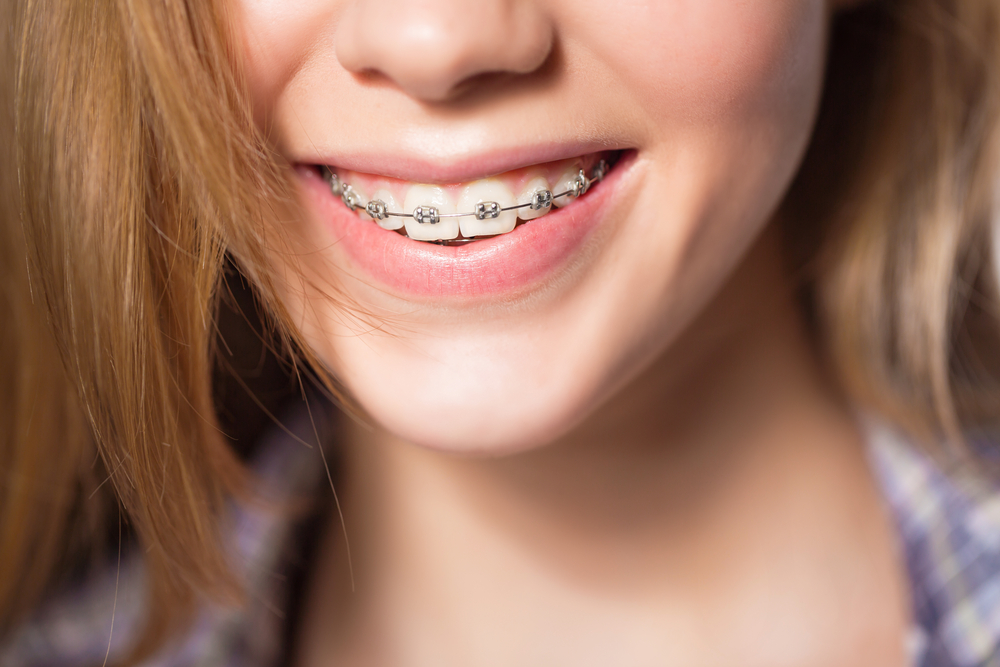
A common oral health misconception is that plaque and tartar are the same. However, there are undoubtedly significant differences between the two. Excellent daily oral hygiene is so critical while wearing braces and a key piece in achieving the goal of a healthy and straight smile at the end of your treatment.
Learn how plaque leads to tartar buildup and how these two things can impact oral health, especially during orthodontic treatment.
Dental Plaque Vs. Tartar
Dental plaque is a soft, sticky film that builds upon the teeth and under the gums throughout the day. Plaque contains millions of bacteria, and when you eat (especially carbohydrates or sugar), the bacteria thrive. Plaque can cover the teeth, get under the gum line, and stick to brackets, wires, and other orthodontic appliances. It also carries harmful bacteria that can damage tooth enamel and lead to cavities and decay.
By removing plaque regularly, you can prevent tooth decay and gum disease. Left untreated, plaque hardens and turns into tartar buildup, which can only be removed by a dental professional.
How Buildup Affects Tooth and Gum Health
Wearing braces can make it difficult to brush and floss your teeth thoroughly, leading to things like plaque, tartar, cavities, and tooth decay. Tartar that forms above the gumline has the potential to damage tooth enamel and cause cavities and decay.
Tartar that forms below the gumline can irritate and damage your gum tissue. Over time, this can lead to progressive gum disease. At the point of periodontitis, damage to the bones and tissues that hold your teeth in place can lead to tooth loss.
Preventing Buildup While Wearing Braces
Your oral hygiene efforts are more important than ever while wearing braces or other orthodontic appliances. The most effective way to prevent plaque and tartar from forming on your teeth is not to let plaque linger for too long. This can be done by:
Brushing at least twice a day. Brush your teeth regularly, twice a day fora full two minutes.
Always using fluoride toothpaste. Fluoride helps to repair damage to tooth enamel.
Flossing. Dental floss is the only way to remove plaque between the teeth and keep tartar out of these hard-to-reach places.
Adding in a mouth rinse. Using an antiseptic mouthwash daily will help kill the bacteria that cause plaque.
Watch what you eat. The bacteria in the mouth thrive on sugary and starchy foods, which already aren’t ideal for those wearing braces.
Avoid smoking. Smoking cigarettes or using other tobacco products is always harmful, but especially so for those wearing braces because smoking increases your risk of many oral health issues.
A Straight Smile Is Less Susceptible To Plaque
It’s challenging to clean between small nooks and crannies between crooked or crowded teeth. Also, overlapping teeth trap food particles, but they also put you at a higher risk of tooth decay because brushing and flossing are more complicated. Straight teeth allow for easier oral hygiene, and thus, less plaque.
Plaque and tartar formation are inevitable regardless of how well you brush and floss, so seeing your general dentist during orthodontic treatment is necessary. Together, your dentist and our team at Thomas Orthodontics can help you maintain a beautiful, straight smile that’s plaque and tartar free.





